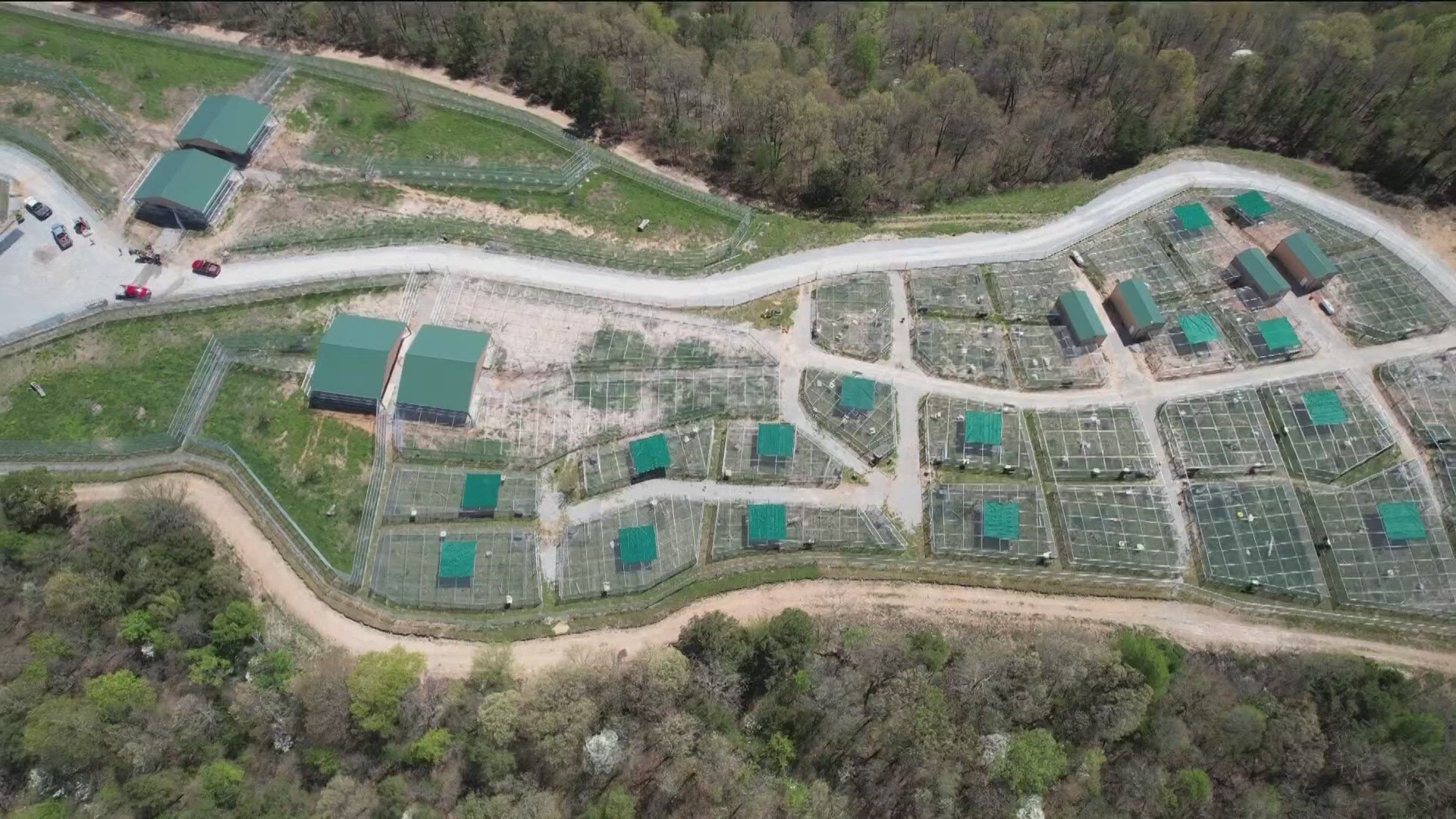ARKANSAS, USA — While many species have their young in the spring, Arkansas woods are crawling with what looks like "abandoned" wildlife. However, the Arkansas Game and Fish Commission (AGFC) says this might not be the case.
The young wildlife typically aren't abandoned. Instead, their mothers are searching for food for their offspring and themselves.
"It’s not uncommon for a doe deer or rabbit to leave her young alone nearly all day while she eats and recuperates from the stress of nursing," AGFC says. "Mother and father birds also take many trips scouring the nearby area for food they will bring back to the hatchlings."
Although this may sound like bad parenting to some, it is a key to survival for these animals. Additionally, deer are normally an ear-shot distance from their young even though you don't see them.
When young rabbits and deer are left alone, they use survival tactics. To avoid unwanted attention from predators, they know to stay motionless to blend into their surroundings.
Humans, however, may jump to the conclusion that these animals are wounded, abandoned, or in need of help.
Even if you think they might be in trouble, AGFC asks Arkansans to avoid touching or moving these animals because it can cause more harm than good.
"Instead of rescuing them, well-meaning people often mistakenly take them from their mothers and have little to no experience or idea on how to help that young animal," AGFC says.
If wildlife appears to be in an unsafe spot — whether they are near a road or a predator — you can slightly move the animal and its mother will find it.
"Forget the wives' tales about the mother rejecting the young because of your scent; when she comes back to the area, she will take care of her young regardless," the commission says.
You must leave a fawn where you find it because it is illegal for a wildlife rehabilitator to take it in.
"The transport of live deer can help spread chronic wasting disease, a fatal neurological disease in deer, elk and other cervids," Dr. Jenn Ballard, AGFC's wildlife veterinarian, said. "Research in Arkansas indicates that it is possible for a fawn to be born with CWD, and that deer could not only infect others at a rehabilitation site, but contaminate their facility, making it possible to spread the disease to any future rehabilitated cervids."
For wildlife — excluding bears, deer, or elk — that you know is injured or definitely orphaned, AGFC has a list of licensed rehabilitators on its website.
Related:
Watch 5NEWS on YouTube.
Download the 5NEWS app on your smartphone:
Stream 5NEWS 24/7 on the 5+ app: How to watch the 5+ app on your streaming device
To report a typo or grammatical error, please email KFSMDigitalTeam@tegna.com and detail which story you're referring to.

